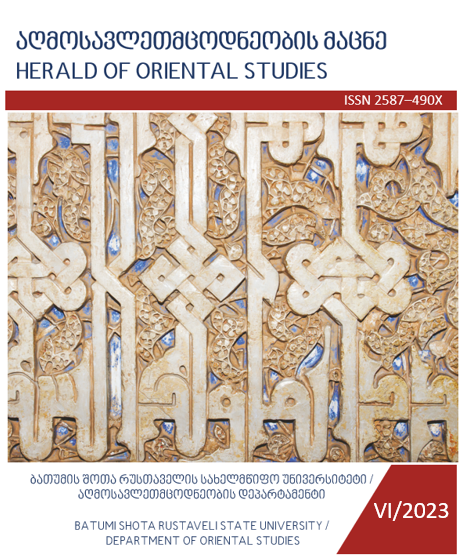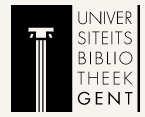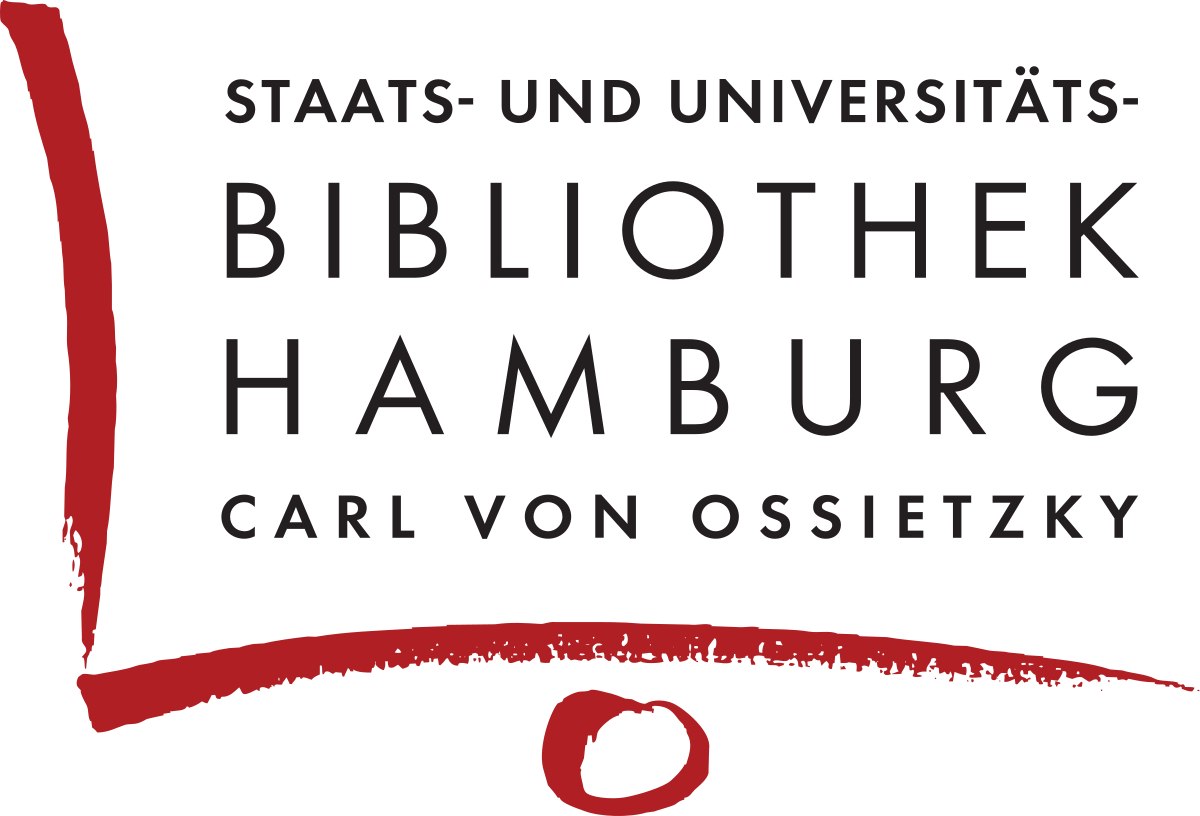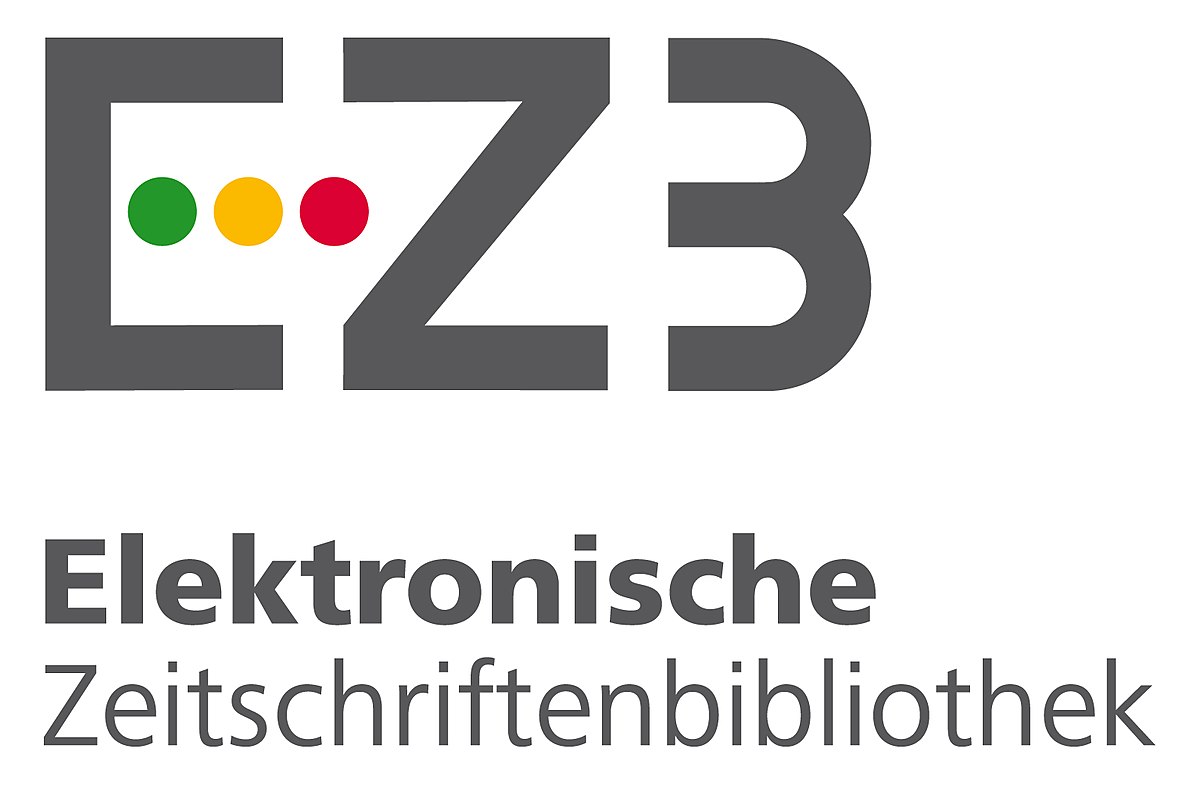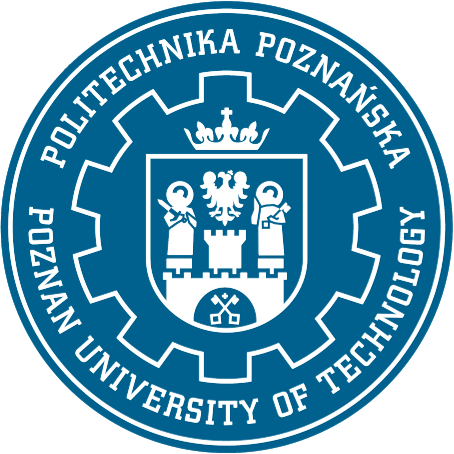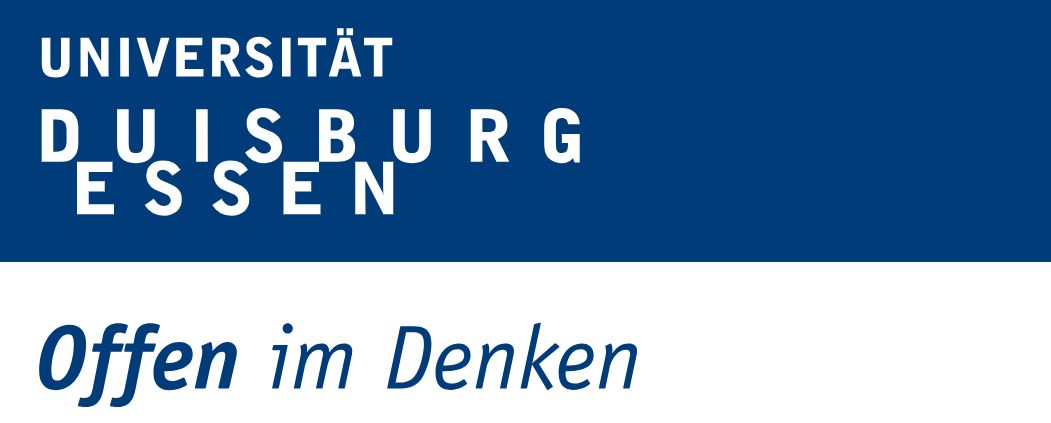Roman Coins from Supsa-Kvavilnari (Lanchkhuti Municipality, Guria)
DOI:
https://doi.org/10.61671/hos.6.2023.7370Keywords:
Supsa, Kvavilnari, coin, Caesaria, Rome, ColchisAbstract
The objective of this study is to identify and describe randomly discovered silver coins in 2013 and 2023 along the eastern Black Sea
coast, specifically in the Guria region. The focus will be on the villages of Kvavilnari and Supsa within the Lanchkhuti municipality. The research aims to determine various attributes of these coins, including their country of origin, city, emission years, and metrological parameters. Additionally, the study will explore the existence of parallel materials and investigate the reasons and methods contributing to the circulation of these coins within the specified research area.
Following the conducted research, it was established that the discovered coins in Kvavilnari and Supsa represent Roman emperors from the following periods: drachmas with the names of Septimius Severus (193-211) - 3 coins, Julia Domna (†217) - 3 coins, Geta (209-211) - 2 coins, Caracalla (198-217) - 2 coins, and Fulvia Plautilla (202/5-211) - 1. Additionally, a Denarius of Septimius Severus (1 unit) was found in Supsa. Historically, Colchis was a part of the province of Cappadocia, and Roman forts along the eastern Black Sea coast often had garrisons transferred from this region. The political circumstances were accompanied by corresponding economic relations. Drachmas minted in Caesarea were widely circulated in Western Georgia during Roman times, serving as the primary means of exchange.
In the study of coins, the paramount consideration is the examination of the discovery site. The area of Supsa-Ureki has yielded
Roman coins in the past. In 1942, during earthworks in Ureki, a Roman aureus, its replica, and several Caesarean drachmas were uncovered. Subsequently, in 1949, the same location revealed Cappadocian treasures, both accidentally and during archaeological excavations. The presence of Caesarian and Roman coins at the research site is associated with the Roman garrison stationed in Tsikhisdziri and Poti. Some scholars suggest that Septimius Severus established a garrison in the village of Moedani within the Lanchkhuti municipality. In such a scenario, the discovery of Roman coins in Kvavilnari and Supsa is considered natural and does not necessitate special commentary. The numismatic artifacts examined align seamlessly with the established patterns of coin circulation in Colchis. The unearthing of these coins underscores the imperative for archaeological investigations at the research points.
Downloads
Downloads
Published
How to Cite
Issue
Section
License

This work is licensed under a Creative Commons Attribution-ShareAlike 4.0 International License.

